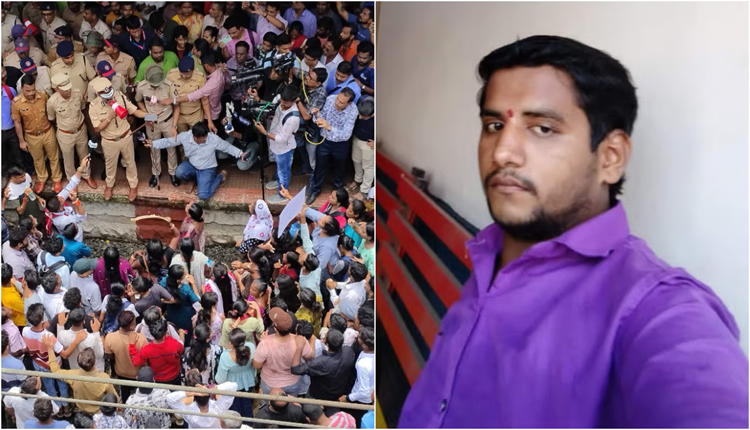Bombay: The political landscape has grown more turbulent following the controversial encounter killing of Akshay Shinde, the accused in the Badlapur rape case. While opposition parties vehemently accuse the state government of staging a fake encounter, Akshay Shinde’s father has taken legal action by filing a petition in the Bombay High Court (HC). During Wednesday’s hearing, the HC raised several critical questions about the circumstances surrounding the encounter, highlighting inconsistencies that the police have struggled to address convincingly.
Key Questions Raised by the Bombay High Court:
- Unusual Shooting Location: The HC questioned how Akshay Shinde was shot in the head, emphasizing that police training typically advises aiming for less lethal areas such as the hands or legs. “Bombay High Court asked how Akshay Shinde was shot in the head, while the police are trained to shoot the accused in the hand or leg,” the report stated.
- Police Presence and Control: The court scrutinized the number of officers involved in the encounter. With four men in uniform present in the police jeep, the HC wondered how a supposedly weak individual like Shinde could have been overpowered without difficulty. “There were four men in uniform in a police jeep, so how could they not control a weak person? Two policemen were sitting next to the accused and there were two policemen ahead,” the HC questioned.
- Revolver Accessibility: The HC highlighted the improbability of a physically weak person like Shinde being able to quickly unlock and fire a revolver. When questioned, the government’s lawyer responded that the police officer’s revolver was indeed unlocked. “The High Court told the government lawyer that a physically weak person cannot unlock the revolver quickly. It’s not very easy. On this, the government lawyer said the HC that the police officer’s revolver was unlocked.”
- Credibility of the Encounter: The judge expressed skepticism about the encounter’s legitimacy, suggesting that prima facie evidence indicated potential issues. “HC said it is difficult to believe. Prima facie, there seem to be some problems. A common man cannot fire a revolver because it requires strength,” the report noted.
- Fingerprints and Gunfire Details: The HC raised concerns about the forensic evidence, particularly the fingerprints on the revolver and the discrepancy in the number of shots fired. “Justice said the revolver should have fingerprints. The accused fired three shots, but only one was fired, so where are the other two?”
The hearing concluded with the court indicating that further investigation is necessary to unravel the truth behind the encounter. The next hearing is scheduled for October 3, where additional evidence and testimonies are expected to be presented.
Political Repercussions:
The opposition has seized the opportunity to criticize the state government, alleging misuse of power and calling for greater accountability. Meanwhile, the ruling party faces mounting pressure to provide a transparent account of the encounter to quell the growing unrest and restore public trust.
As the case progresses, both legal and political implications continue to unfold, keeping the public and stakeholders closely watching the developments in this high-stakes judicial inquiry.



Comments are closed.